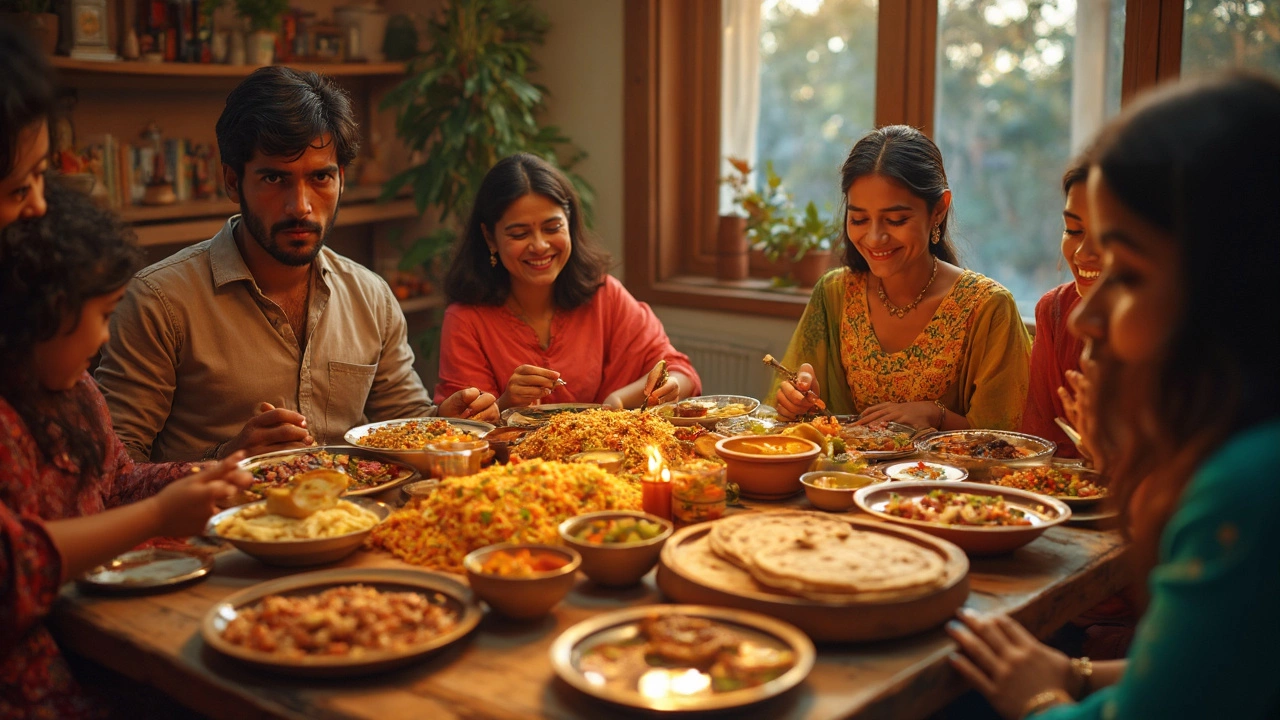Least Meat‑Eating Country
When you hear the term least meat‑eating country, the nation that eats the smallest amount of meat per person each year, also called lowest meat‑consuming nation, you instantly think of a strong vegetarian diet, a way of eating that avoids meat and focuses on plant foods and a rich Indian cuisine, the culinary tradition of India known for spices, legumes, and dairy. The least meat‑eating country encompasses a vegetarian diet, while Indian cuisine requires diverse protein sources and plant‑based meals influence national health outcomes.
Why India Leads the Pack
India consistently ranks at the bottom of global meat‑consumption charts. Over 30 % of its population follows a fully vegetarian lifestyle, and another 20 % eats meat only occasionally. This pattern isn’t a fad; it’s rooted in religious teachings, regional customs, and the sheer availability of tasty plant‑based options. When you compare per‑capita meat intake, India’s numbers are a fraction of those in the United States or Brazil, making it the clear answer to the tag’s question.
Vegetarianism in India isn’t just about avoiding meat; it’s about embracing legumes, dairy, and grains as primary protein sources. Dal, the humble lentil stew, supplies about 18 % of daily protein for many families. Paneer—fresh cheese made from milk—adds a creamy, high‑protein boost. Even tofu, though borrowed from neighboring cuisines, finds a place on modern Indian tables, especially among health‑conscious urban cooks.
These protein sources tie directly to the “protein sources” entity we highlighted earlier. Dal’s protein content varies by type: red lentils deliver roughly 9 g per 100 g cooked, while chickpeas push that to about 8 g. Paneer offers around 14 g per 100 g, making it a compact way to meet daily needs without meat. Together they illustrate how Indian cuisine cleverly balances flavor, nutrition, and affordability.
Beyond the kitchen, cultural factors cement the low‑meat habit. Festivals like Navratri and Jain fasting days ban meat outright, reinforcing plant‑based cooking techniques for weeks at a time. Religious doctrines in Hinduism, Jainism, and certain Sikh traditions encourage ahimsa—non‑violence toward all living beings—so families grow up with meals that showcase vegetables, grains, and legumes instead of livestock.
A recent health study from the Indian Council of Medical Research found that regions with higher vegetarian percentages enjoy lower rates of heart disease and obesity. The researchers linked these outcomes to the high fiber, low saturated fat, and abundant antioxidant content of plant‑based meals. In other words, the “plant‑based meals” entity isn’t just a culinary choice; it’s a public‑health advantage.
Cooking techniques in India also reflect the low meat intake. Slow‑cooked dal, pressure‑cooked lentils, and tempering spices in hot oil (tadka) release flavors that make legumes shine. Spice blends like garam masala, cumin, and coriander add depth without needing meat’s umami. Even when meat appears—like in occasional chicken biryani—the dish relies heavily on aromatic rice, nuts, and dried fruits, keeping the overall meat proportion low.
Below you’ll find a curated set of articles that dive deeper into these themes: from dal nutrition facts and paneer‑vs‑tofu taste tests to the science behind why Indian breads puff or stay flat. Each post adds a piece to the puzzle of how the least meat‑eating country crafts its flavorful, protein‑rich meals without relying on animal flesh.

Which Country Eats the Least Meat? Insights on Vegetarian Traditions
Ever wonder which country tops the list for eating the least meat? This article dives into the surprising numbers behind global meat consumption, with a spotlight on India’s strong vegetarian culture. You’ll find out how traditions, beliefs, and local dishes shape eating habits. Plus, we’ll share some practical tips for enjoying vegetarian Indian meals at home. Whether you’re cutting back on meat or just curious, you’ll get plenty of useful info here.